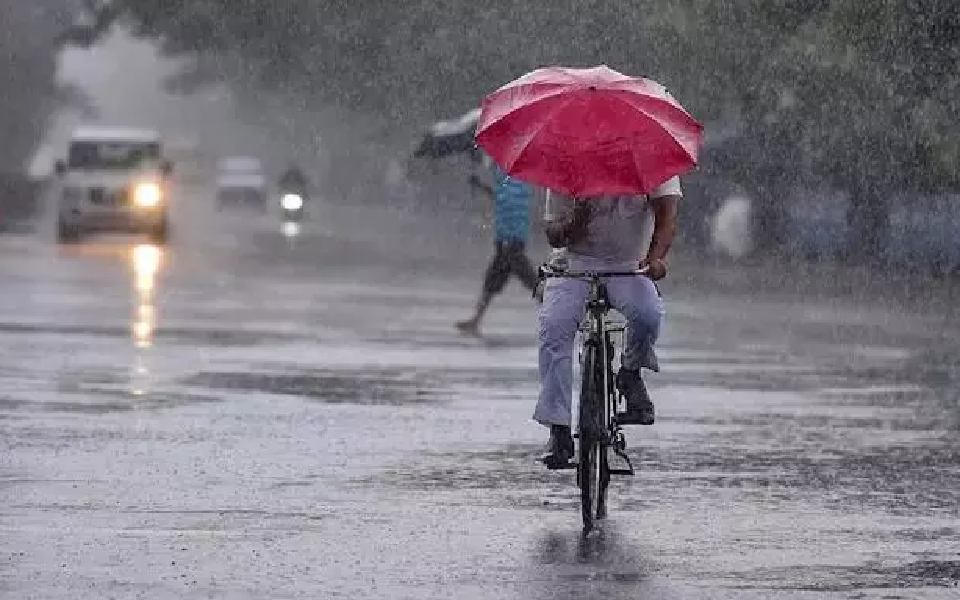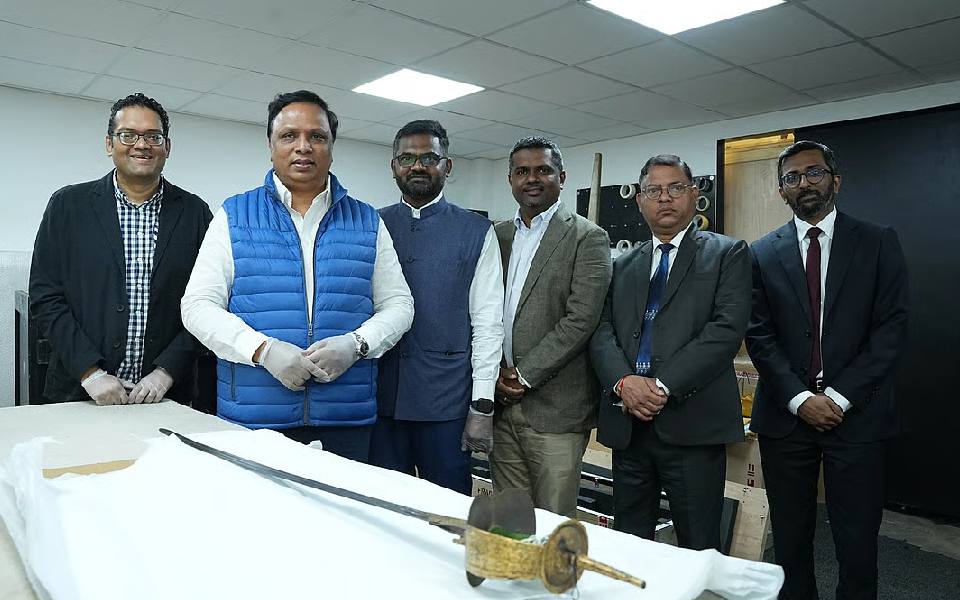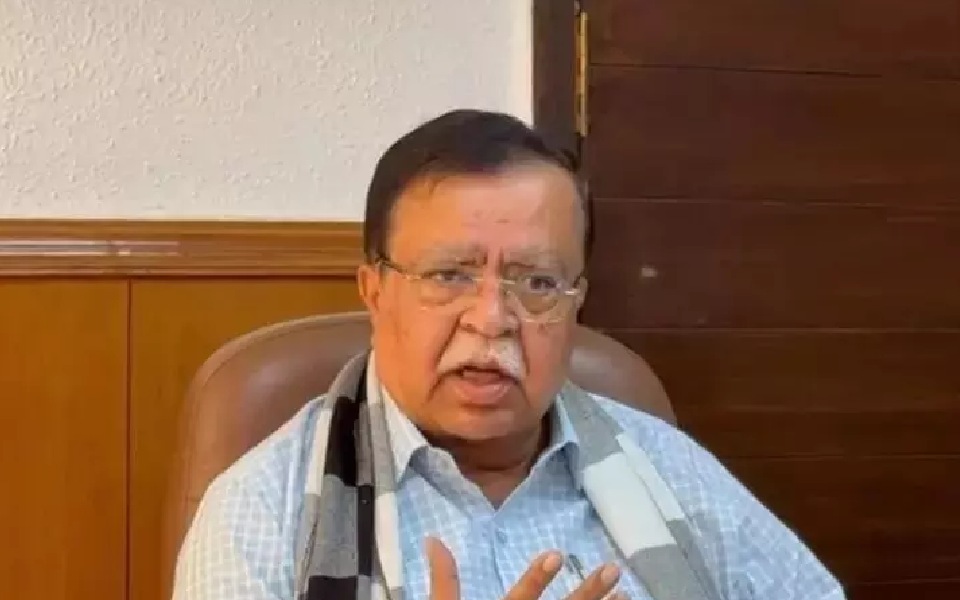Dharwad: Heavy rains and gusty winds over the past two months have severely damaged power infrastructure across Kittur-Karnataka, Kalyana-Karnataka, and Coastal Karnataka, resulting in losses exceeding Rs 30 crore to regional electricity supply companies — HESCOM, GESCOM, and MESCOM.
According to a report cited by Deccan Herald on Tuesday, MESCOM (responsible for electricity distribution in Coastal Karnataka) reported the damage of over 5,050 electric poles and the bursting of 137 transformers. More than 253 km of power lines were disrupted, leaving several areas in the coastal belt facing persistent power outages amid ongoing heavy rainfall and high-speed winds.
HESCOM reported infrastructure losses of Rs 6.07 crore between May and June. Over 4,600 electricity poles and 214 transformers were damaged across its seven divisions due to rain-induced flooding and lightning. Dharwad district alone accounted for 613 damaged poles and 28 transformers, while Uttara Kannada — one of the worst-hit regions — reported 2,128 fallen poles and 142 damaged transformers. In Gadag district, 284 electricity poles were uprooted.
GESCOM has reported extensive damage across its jurisdiction. The company reportedly recorded over 7,544 electric poles and 498 transformers damaged over the last two months. Kalaburagi City was among the worst affected, with 2,060 poles and 110 transformers impacted. In Bidar, 1,190 poles and 150 transformers were damaged, while over 65 km of power lines collapsed across the region.
“In urban areas, damaged transformers are replaced within 24 hours, while in rural areas, the process takes up to 72 hours. However, immediate repair becomes difficult if a large number of poles are affected or if the damage occurs at night. We stock extra poles and transformers during the monsoon to ensure quicker restoration,” DH quoted GESCOM Managing Director Ravindra Karlingannavar as saying.
Meanwhile, residents in affected areas continue to face hardships. Narayan Bhat, a senior citizen and member of the HESCOM Users’ Committee from Heggara village in Ankola taluk, shared that recurring damage is common during the monsoon due to trees falling on electric lines and poles. “Once the monsoon sets in, villagers often go without electricity for a week to fifteen days, living cut off from the outside world. We’ve become used to this. Thankfully, with the recent installation of solar and UPS systems, the situation is slightly better than before,” he noted.
Let the Truth be known. If you read VB and like VB, please be a VB Supporter and Help us deliver the Truth to one and all.
LONDON/MUMBAI: The Maharashtra government has acquired the sword of Raghuji Bhosale, founder of the Nagpur Bhosale dynasty and a distinguished commander in the Maratha army under Chhatrapati Shahu Maharaj, after winning it in an auction in London.
Cultural Affairs Minister Ashish Shelar formally took possession of the weapon on Monday. It is scheduled to arrive in Mumbai on 18 August, where it will be received with ceremonial honours, as reported by The Indian Express.
News of the sword’s availability surfaced on 28 April this year. Minister Shelar consulted Chief Minister Devendra Fadnavis, after which the government began preparations to participate in the auction.
A group of Marathi-speaking residents in London gathered to witness the handover. Hemant Dalvi, Deputy Director of the Archaeology Department, accompanied the minister during the formalities.
The sword is an 18th-century Maratha Firangi. It has a straight, single-edged European blade with a gold-inlaid Mulheri hilt and near the hilt is the European manufacturer’s name, while the spine bears a gold-inlaid Devanagari inscription reading “Shreemant Raghoji Bhosale Senasahib Subha Firang,” confirming its connection to Raghuji Bhosale. The hilt’s gold koftgari work and the green cloth-wrapped rounded pommel add to its rarity as Maratha weapons of the period typically lacked elaborate ornamentation or inscriptions.
Raghuji Bhosale I, ruled from Nagpur between 1695 and 1755. He expanded Maratha influence into Bengal, Odisha, Chanda, Chhattisgarh, Sambalpur and parts of southern India. His military campaigns, included victories over the Nawabs of Bengal, Cuddapah and Kurnool. The Nagpur kingdom was also known for its rich deposits of iron and copper, used for weapons and trade.
While few historians believe that the sword left India in the early 19th century, as part of the war booty taken by the British East India Company after their victory over the Bhosales at the Battle of Sitabuldi in 1817, others say it was taken later as a diplomatic gift.
The sword will be escorted from Chhatrapati Shivaji Maharaj International Airport to PL Deshpande Kala Academy in Dadar by a ceremonial bike rally upon its arrival in Mumbai next week. A cultural programme titled Gad Garjana will be held the same day in the presence of state dignitaries.
Minister Shelar described the acquisition as an important moment for Maharashtra’s heritage and extended his thanks to the Chief Minister, Deputy CM Eknath Shinde, and Deputy CM Ajit Pawar for their support in securing the artefact.





